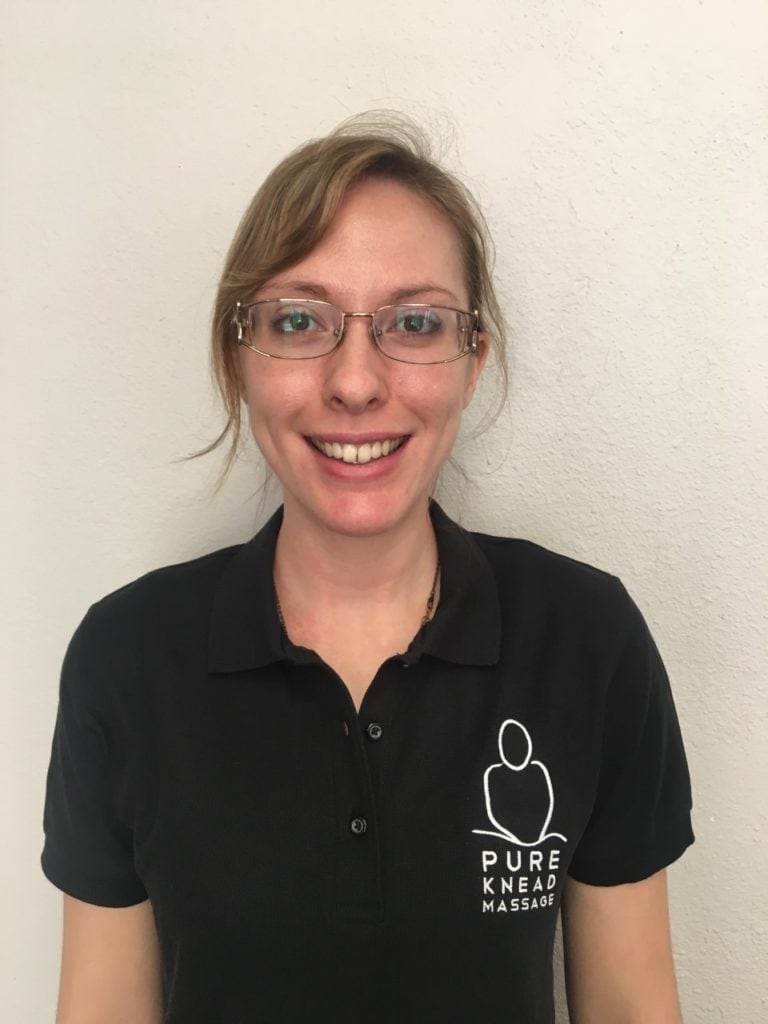Lymphatic Drainage Massage for Pregnant Moms

Women expecting a baby should learn to give themselves a relaxing massage if they want to get relief from anxiety and stress. It is possible to learn to do it yourself, or even to gift it to someone you cherish. To stay up to date with health news and tips to improve your health, subscribe to the Mayo Clinic's newsletter for free. These are some massage tips for expectant mothers. For a relaxing massage, you should always be lying on your stomach or to the side.
Following surgery, the lymphatic system moves waste products away from the body by circulating blood. This is why it's essential for lymphatic massages to be delicate. This kind of massage should be performed by placing your fingers above the collarbone in a triangular position. After that, shift your fingers downwards toward the base. Click here for more The doctor should employ both moderate pressure as well as firm pressure when using manual lymphatic drainage massage.
The neck is one of the largest lymph nodes within the body. Begin at the top of your spine and skull to massage your lymphatic system. Moving your fingers up until you reach the neck. Continue to move your fingers the same way that you are doing for lymphatic drainage. When the lymphatic system has been well-rested, massage will improve circulation, decrease inflammation, and improve your quality of your life. The lymphatic massage could be an option for those who recently underwent surgery.
If you're having trouble retaining fluids, a lymphatic drainage massage could aid. The lymphatic drainage massage stimulates lymph capillaries beneath the skin by gentle tapping. Lymphatic drainage massage involves gently tapping the skin with light pressure. It is possible to have the massage anytime you want. To avoid dehydration, it is important that you should keep your body hydrated after a massage. This is also true for those who are not as vulnerable to colds or other viral infections.

Massages for lymphatic drainage are an excellent way to get rid of lymphedema. The neck houses the biggest lymph nodes in the body. With a gentle tapping and a gentle stroke an experienced massage therapist is able to stimulate these lymph nodes. Talk to your physician or a an experienced masseuse if you're not aware of the numerous benefits of lymph drainage massage. This type of lymphatic massage shouldn't be utilized in the absence of lymphedema. It could be beneficial in helping to relieve symptoms.
During post-procedure recovery, clients are not advised to use a drain to remove fluids. Instead, they should make regular massage sessions to avoid discomfort. Also, they should stay hydrated so that they are able to recover quickly. If drains are cleared then the patient should go to regular massage appointments. While they wait, they should not stop drinking water. It's also crucial to maintain regular physical exercise. In the end, your body will be more relaxed.
Post-procedure recovery can take up to two weeks. After the surgery, clients will be able to consult with experienced medical professionals and doctors to assess their healing progress. The purpose of the clinic is to enhance the health and well-being of the local community. The name of the company means "come relief." The clinic provides massages to help to relieve. They also get to recover from injuries. Lymphedema sufferers should not be afraid to attend regular appointments with an therapist who massages.
A petting technique massage therapists can perform a lymphatic drain massage. You should start by making a triangular dip at the base of the collarbone. When your fingers are resting placed on your neck, you must place them at the base of the skull and spine. Slowly move up to the top. After that, make openings with your thumbs and forefinger.
The neck contains the largest lymph nodes in the body. A lymphatic massage isn't an option if your health is good. It may also aid in the treatment of lymphedema after a mastectomy, which is the removal surgically of breast tissue. This massage may also aid with chronic venous insufficiency, which is when leg veins aren't functioning correctly, which causes blood to clot in the legs.
